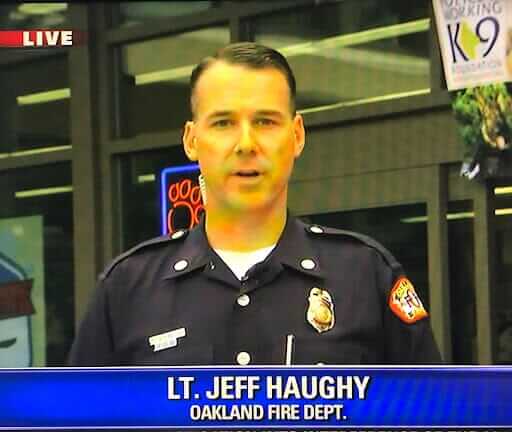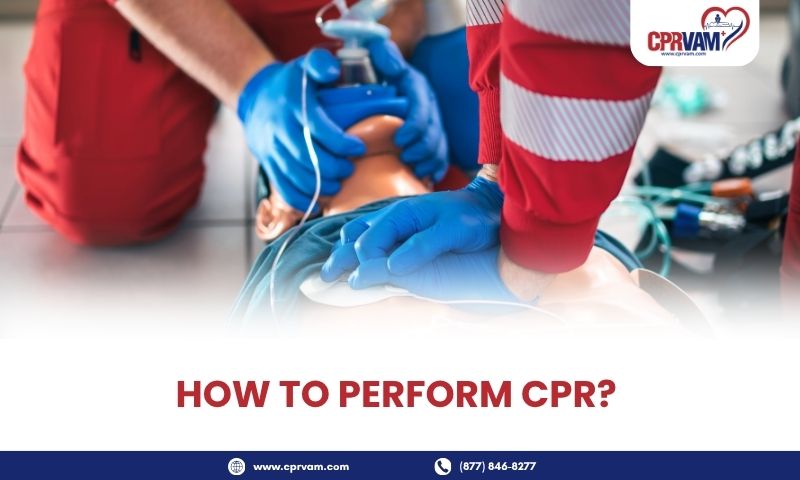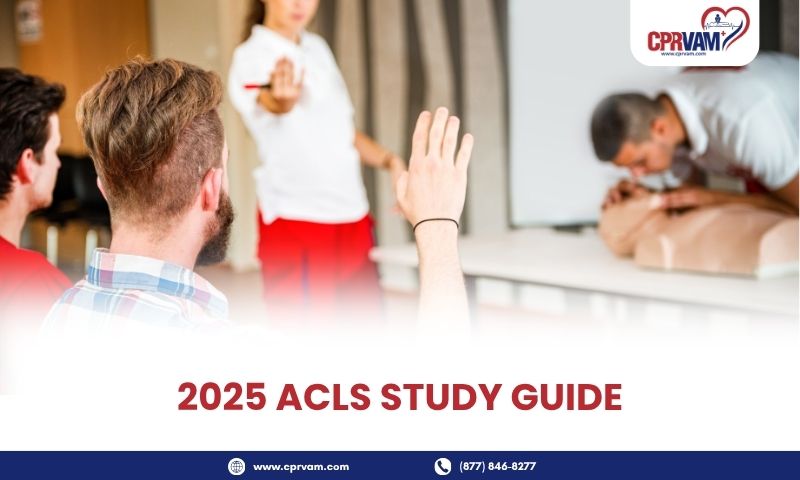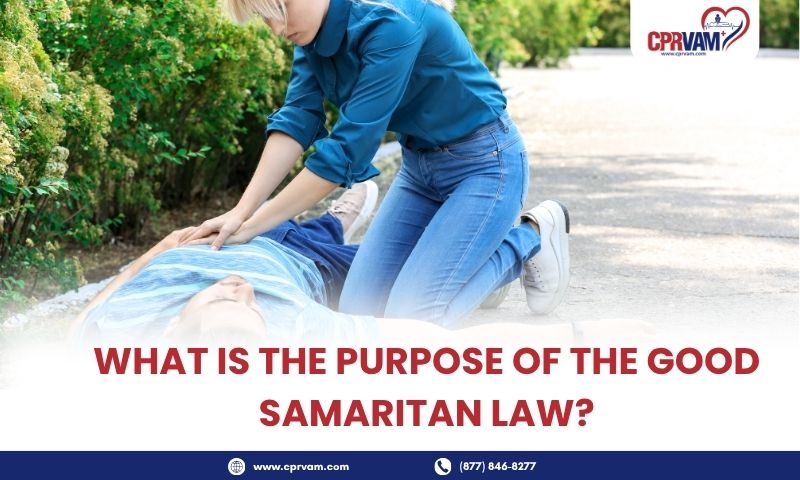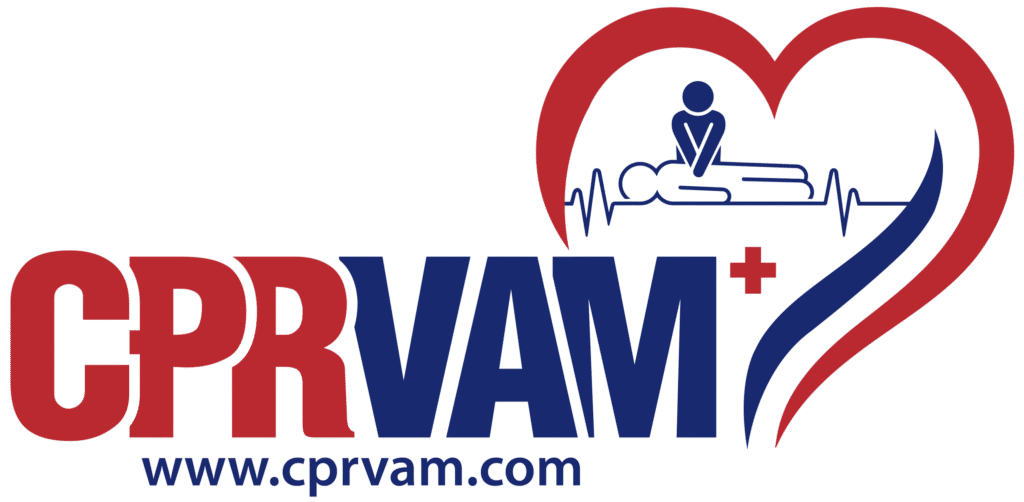Cardiopulmonary resuscitation (CPR) is a critical life-saving technique used to restore blood flow and breathing in a person whose heart has stopped or who is not breathing properly. It can be performed during emergencies such as cardiac arrest, stroke, drowning, or choking. CPR is challenging to perform if you have no hands-on practice on manikins. If you combine chest compressions and rescue breath, CPR helps maintain vital oxygen supply to the brain and other organs until professional medical help arrives.
Even if you are a bystander or not from a medical background, you can still perform CPR on a victim. In this blog, you will learn step-by-step how to perform CPR on infants, adults, and pregnant women effectively and safely.
When Should You Perform CPR?
CPR should be performed when a person’s heart stops beating or they are not breathing normally. Recognizing these signs early can make the difference between life and death, as every second without oxygen reduces the chance of survival. When you perform CPR immediately helps maintain blood flow to the brain and vital organs until emergency medical services arrive.
You should perform CPR in the following situations:
- Cardiac arrest: The person suddenly collapses, becomes unresponsive, and is not breathing or is only gasping.
- Drowning: The person is pulled from the water and isn’t breathing or has no pulse.
- Choking: The victim becomes unconscious and is not breathing after choking.
- Severe allergic reaction (anaphylaxis): The person stops breathing or loses consciousness.
- Electric shock: The victim becomes unresponsive and shows no signs of breathing.
- Drug overdose or poisoning: The individual is not breathing or has no pulse due to the substance effects.
- Sudden trauma: In cases of severe injury or accident, where breathing or heartbeat has stopped.
How to Perform CPR on Children and Infants?
Performing CPR on children and infants requires extra care because their bodies are more delicate than adults. The technique is similar, but the amount of pressure, hand placement, and depth of compressions differ. The goal is the same to keep oxygen-rich blood flowing to the brain and vital organs until professional help arrives.
CPR for Children (1 Year to Puberty):
- Check responsiveness and breathing: Gently tap the child and ask loudly, “Are you okay?” If there’s no response and no normal breathing, call for help or have someone call emergency services.
- Position the child on a firm, flat surface: After checking a child’s responsiveness and heartbeat, place your child on a flat surface to give high-quality CPR.
- Give 30 chest compressions: Place one or two hands in the middle of the chest and push down 30 times, about 2 inches deep, at a speed of 100–120 pushes per minute.
- Open the airway: Gently tilt the person’s head back and lift their chin to open the airway.
- Give 2 rescue breaths: Give 2 gentle rescue breaths by covering the child’s mouth with yours and pinching their nose shut. Blow softly just enough to make the chest rise.
- Continue CPR: Repeat 30 compressions and 2 breaths until the child starts breathing or emergency help arrives.
CPR for Infants (Under 1 Year):
- Check for responsiveness and breathing: First, you need to gently tap the infant’s foot and look for chest movement.
- Call emergency help: If the baby is unresponsive or not breathing, immediately call a healthcare professional for help.
- Give 30 gentle chest compressions: Use two fingers in the center of the chest just below the nipple line and give 30 gentle compressions, pressing about 1.5 inches deep at a rate of 100–120 per minute.
- Open the airway carefully: Gently tilt the infant’s head back just a little to open the airway, being careful not to bend it too far.
- Give 2 gentle rescue breaths: Give 2 gentle rescue breaths by covering the baby’s mouth and nose with your mouth, and blow softly just enough to make the chest rise.
- Continue CPR: Continue compression ( 30 compressions and 2 breaths) until the baby breaths normally or emergency help arrives.
How to Perform CPR on Adults?
When you perform CPR on an adult, it can help restore circulation and breathing when the heart suddenly stops. Your immediate action can double or even triple a person’s chances of survival.
Follow these steps carefully to provide effective CPR until medical professionals take over.
1. Check the Scene and the Victim: While rescuing the victim, make sure the area is safe before approaching. Make sure the area is safe before approaching. Tap the person’s shoulder and ask loudly, “Are you okay?” If there’s no response and the person is not breathing normally, call emergency services immediately.
2. Position the Person: Lay the person flat on their back on a firm surface. Kneel beside their chest to begin CPR.3. Begin Chest Compressions
- Place the heel of one hand on the center of the chest (between the nipples).
- Put your other hand on top and interlock your fingers.
- Keep your elbows straight and shoulders directly above your hands.
- Push hard and fast at least 2 inches deep, at a rate of 100–120 compressions per minute.
- Allow the chest to rise fully between compressions.
4. Open the Airway: After 30 compressions, gently tilt the head back and lift the chin to open the airway.
5. Give Rescue Breaths: Give 2 rescue breaths by pinching the person’s nose shut and covering their mouth with yours. Each breath should last about 1 second, just enough to make the chest rise. If the chest doesn’t rise, tilt the head and try again.
6. Continue CPR: While responding victim, you need to repeat the cycle of 30 chest compressions and 2 rescue breaths until the victim starts to breathe on their own or healthcare professionals arrive.
7. Use an AED if Available: If an AED (Automated External Defibrillator) is nearby, turn it on and follow the voice instructions. Attach the pads to the person’s chest as shown. After the AED gives a shock or says “no shock needed,” continue CPR immediately.
How to Perform CPR on a Pregnant Woman?
It can be challenging to perform CPR on a pregnant woman. If you have learned high-quality CPR techniques from a training center, you can help both the mother and baby safely. While performing CPR, it’s important to take special precautions to protect both.
Follow these steps to provide effective care:
- Call for emergency help immediately: Notify responders that the victim is pregnant so they can provide appropriate care.
- Position the patient properly: Lay the woman flat on her back, but slightly tilt her body to the left side (about 15–30 degrees) to prevent pressure on the large vein that returns blood to the heart.
- Begin chest compressions: Place your hands in the center of the chest and perform compressions at a rate of 100–120 per minute, allowing full recoil after each push.
- Give rescue breaths if trained: After every 30 compressions, give 2 rescue breaths, ensuring the chest rises with each breath.
- Avoid pressure on the abdomen: Keep your hands only on the chest during compressions.
- Continue CPR until:
- The woman shows signs of life,
- Professional help arrives and takes over, or
- You are too exhausted to continue.
If trained rescuers or healthcare providers are available, they may also prepare for an emergency cesarean delivery if there’s no response within a few minutes.
When Should You Stop Administering CPR?
The decision to stop performing CPR depends on the condition and response of the patient. You should discontinue CPR when the patient shows signs of life, such as normal breathing, movement, or coughing.
Other situations where you may need to stop CPR include:
- Return of spontaneous circulation (ROSC): The patient’s heartbeat or normal breathing returns.
- Arrival of emergency medical personnel: When trained professionals take over the resuscitation efforts.
- Exhaustion: When you are physically unable to continue CPR due to fatigue.
- Unsafe environment: If the scene becomes dangerous, continuing CPR puts you at risk.
- Instruction from a medical professional: When a healthcare provider instructs you to stop.
CPR Certification at CPRVAM
If you know how to respond to life-threatening emergencies like drowning, choking, or cardiac arrest by performing CPR, you can save a life. At CPRVAM, we offer ACLS, BLS, and PALS certification courses that help you build the skills and confidence to act quickly in an emergency.
Our certified instructors provide step-by-step guidance and hands-on practice using manikins, ensuring you learn and apply CPR techniques effectively. All our courses follow the latest American Heart Association (AHA) guidelines, helping you stay current with the best life-saving practices.
Frequently Asked Questions
1. How do I know if someone needs CPR?
A person needs CPR if they are unresponsive, not breathing, or only gasping. To check, gently tap their shoulders and ask if they’re okay. If there’s no response and you don’t see normal breathing or movement, call for emergency help immediately and begin CPR without delay.
2. What are the basic steps of CPR?
The basic steps of CPR are simple but crucial for saving a life. First, call for emergency help immediately. Next, check for responsiveness and breathing. If the person isn’t breathing or is only gasping, start chest compressions in the center of the chest at a rate of 100–120 per minute. If you’re trained, give 2 rescue breaths after every 30 compressions, then continue the cycle until medical professionals arrive or the person starts breathing normally.
3. Can I perform CPR if I’m not certified?
Yes, you can still perform CPR even if you’re not certified. If you haven’t received formal training, perform Hands-Only CPR by pushing hard and fast in the center of the chest at a rate of 100–120 compressions per minute. Do not give rescue breaths, just continue chest compressions until emergency medical help arrives or the person starts breathing normally.
4. Why is complete chest recoil important when performing CPR?
Complete chest recoil during CPR is essential because it allows the heart to refill with blood between compressions. When you press down, blood is pumped out of the heart to the body, and when you release, the chest should fully rise so the heart can refill properly. If you don’t allow full recoil or lean on the chest, blood flow becomes less effective, reducing oxygen delivery to the brain and vital organs. Proper recoil improves circulation and significantly increases the person’s chance of survival.



